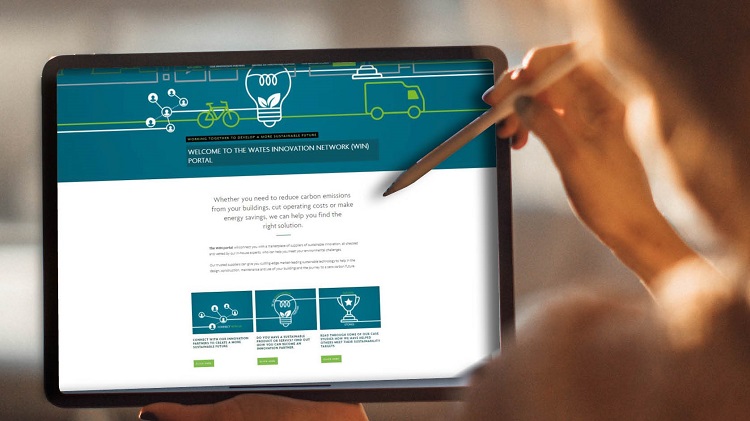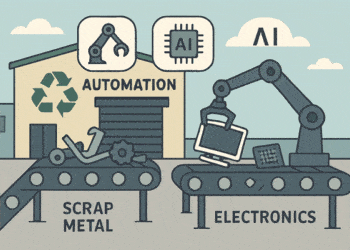Technology is enabling more than ever before exciting breakthroughs to aid in the long-term sustainability of our world. Clean transportation, smart cities, and renewable energy allow better resource management and reduce dependence on fossil fuels thanks to disruptive technologies. But, to deliver next-generation solutions for reducing emissions, minimizing waste, and preventing pollution, engineers must overcome the engineering challenges of high efficiency, interoperability, and protection.
Ensure Electric Vehicle Safety and Performance
The electric vehicle (EV) revolution is speeding up in the automotive industry. Governments worldwide are providing incentives and enacting policies to enable companies and customers to purchase electric vehicles. Between 2019 and 2030, the electric vehicle market is expected to expand at a CAGR of more than 21%. Although this expansion is encouraging, expanding the electric vehicle market poses new design and manufacturing challenges.
Interoperability between different vehicle and charger manufacturers is a problem for the EV industry. By bringing together experts from automakers, charging station operators, and energy suppliers, organizations like the CharIN, are working to create a global standard for EV charging. Establishing industry standards is an essential step in any technology trends and deployment, but it’s necessary for electric vehicles, which have the potential to transform our way of life. Standardization among key stakeholders would make electric cars more available and affordable while still maintaining a positive user experience.
High-voltage, high-power batteries are another concern for manufacturers. In comparison to a gas-powered car’s 12-volt system, EV systems are usually 300 volts or more. Going from low to high voltages adds costs and risks from site planning to safety standards to high-power test equipment.
Integrating testing early in the product development life cycle is a critical component of healthy and effective EV manufacturing. For example, proper testing aids engineers in efficiently and safely regenerating power during EV design qualification and production while also reducing energy usage and cooling costs. Although testing may appear to be a minor aspect of the EV ecosystem, it plays a vital role in delivering on the promise of clean transportation by safeguarding both the devices that use high-voltage batteries and the engineers who work on them.
5G-Enabled IoT Reduces Resource Consumption
Faster data rates, lower latency, and improved connectivity provided by 5G would be critical in addressing environmental issues. 5G will allow creative use cases to preserve natural resources by speeding up the Internet of Things (IoT).
A 5G-enabled IoT network, for example, enables intelligent cities to automatically track and control utility networks, reducing water use, waste, and energy use. Smart cities will also allow complex traffic management systems to continuously collect and process data from thousands of vehicles to reduce traffic congestion and pollution. Furthermore, smart agriculture would enable the industry to use less water, fertilizer, and pesticides by allowing for more precise application. Agriculture irrigation accounts for 70% of all water usage worldwide, so this is a huge opportunity. Finally, 5G-enabled intelligent buildings and homes will be outfitted with sensors that respond to environmental conditions and occupancy to cut down on energy consumption from lighting, heating, and cooling.
Using Solar Energy to Its Full Potential
The renewable energy sources and market has risen in recent years as alternative energy sources have become more accessible and affordable. “The cost of installing solar has fallen by more than 70% over the last decade,” according to the Solar Energy Industries Association. Furthermore, the solar energy market is expected to grow at a 20.5 percent compound annual growth rate (CAGR) from 2019 to 2026, reaching $223.3 billion by the end of that year. We will see progress in conserving our planet’s natural resources, reducing greenhouse gas emissions, and lowering our collective carbon footprint as conventional energy companies diversify into solar and other clean energy sources, bringing us closer to carbon neutrality.
Performance is essential to maintain the cost of solar power the same as (or lower than) the conventional electricity grid. According to what I’ve seen in the industry, today’s average solar panel has a performance of less than 19 percent. However, R&D engineers are working hard to boost solar’s output; only last year, a new solar technology broke a world record by achieving 40% efficiency in a real-world setting. Innovative technologies that better absorb the sun’s rays can continue to increase solar power, performance, and reliability.
Also Read : chinese boxes wholesale
Using Technological Innovations to Make the World a Better Place
Companies across sectors will prioritize environmental concerns in the coming years, designing, testing, and manufacturing solutions to help them. As a result, first-to-market hardware, and software solutions to preserve natural resources, reduce carbon emissions, and reduce dependence on fossil fuels will emerge. We can build the framework for a more sustainable future by forming alliances with industry leaders and investing in innovations that power electric vehicles, 5G-enabled IoT, renewable energy, and more.






